Guest contributor Brandon Stoner tells the story behind Parallel Lines, a 70s classic that packaged up so much of what defined the era.
A huge thank you to Vinyl Pursuit who provided the album for this Classic Albums feature. Learn how you can get vintage vinyl for 15% less at the bottom of this article.
Make no mistake about it, Blondie was never your average post-punk band. Sure, they came up in the New York City scene during the heart of punk’s revolution of the music industry in the late 1970s. But they were much more than jagged power chords and anti-establishment sentiment. They put their own unique spin on the now celebrated CBGB New York Music Club sound.
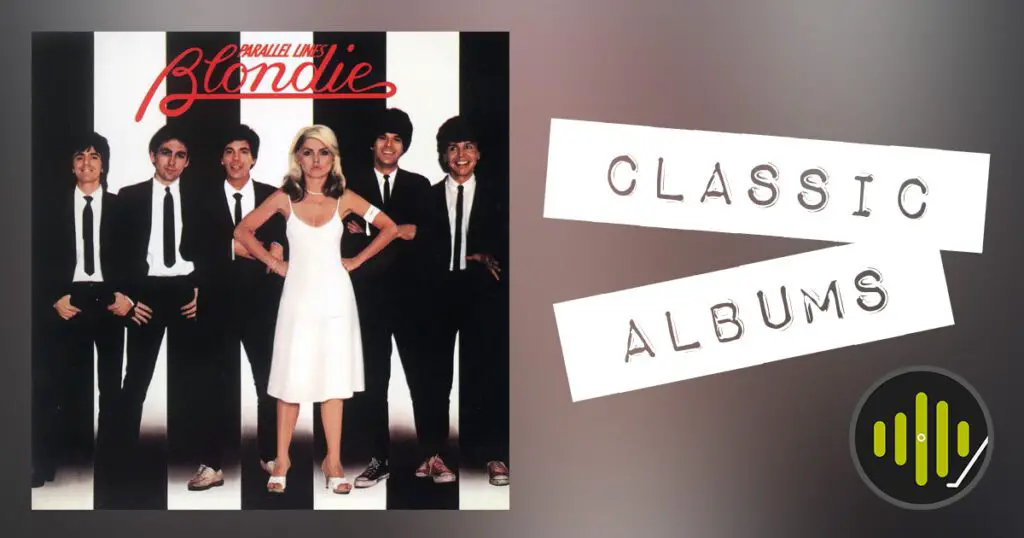
Fronted by a naturally iconic vocalist in Debbie Harry, Blondie’s mix of punk, alternative, new wave, and reggae was an infinitely more ambitious take on the often one-dimensional punk sound. Harry became an icon of girl power, and along with a few other groups like the Runaways, proved that popular rock music was becoming much more than just the boy’s club that it had been for so long.
Hanging on the Telephone
Released September 23, 1978 through Chrysalis Records, Blondie’s third studio album is the one that catapulted them to mainstream success. It was a bonafide hit internationally, eventually selling approximately 16 million copies the world over. It reached the number 1 spot in the UK in February of 1979, and in April of the same year climbed to number 6 in the United States.
One of the archetypal rock records of the 70s, Parallel Lines is an almost ironic title. Blondie had crafted a sound that was an amalgamation of many emerging, seemingly disparate genres of the time.
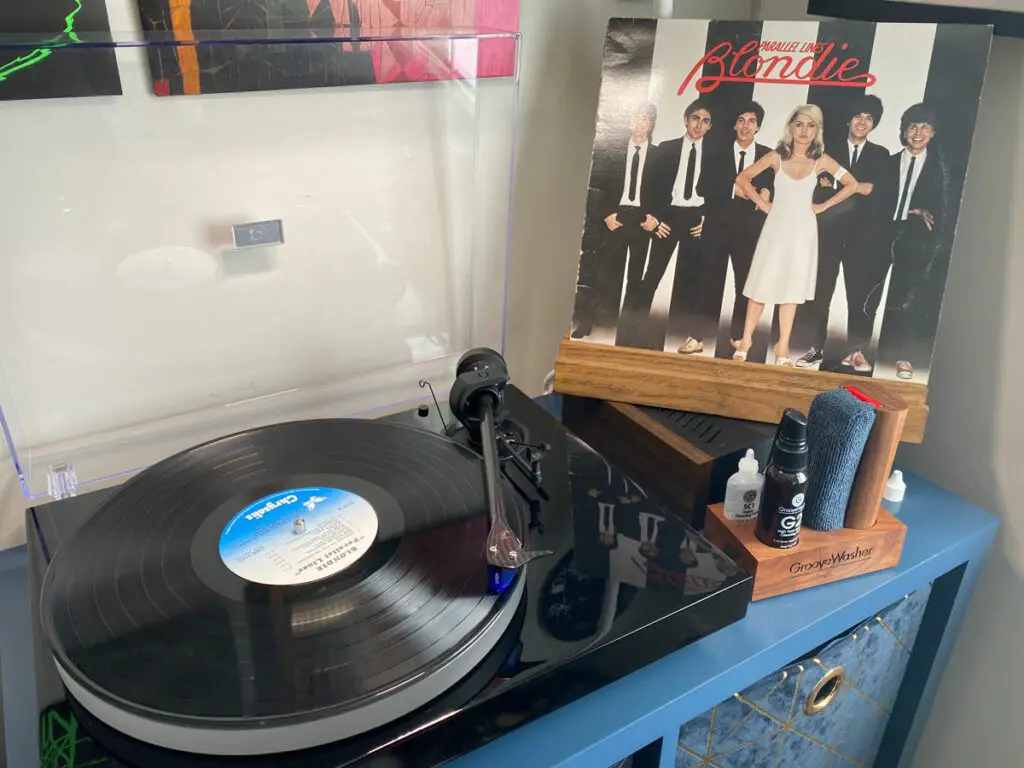
Will Anything Happen?
During the summer of 1978, the band set to work on their third full-length album at the Record Plant in their hometown of New York City. They were given six months to work on it, yet they wrapped up recording in a mere six weeks. Though the sessions weren’t exactly smooth at the start.
Helming the console was renowned producer Mike Chapman. After listening to some of the band’s demo material with them, he decided to take on the project. It’s an understatement to say that he was not exactly blown away by their musical ability. Both he and the band agreed to take a different approach to recording. As producers do, he took the time to help them improve their craft, often to a point of infuriating meticulousness.
It’s interesting to point out that the atmosphere of the recording sessions was made even more difficult because the band didn’t exactly get along with each other on a personal level. Things could get quite contentious at times, with it being reported that bass player Nigel Harrison even launched a synthesizer in Chapman’s direction on one occasion!
Chapman had a unique way of running his recording sessions. He would start each song with the bass guitar track, using a technique called “pencil erasing”. This was an editing workflow that allowed tracks to be lined up tightly – something that is very easy to do with today’s digital recording, but was very tedious at the time.
In an interview with Sound On Sound magazine, Chapman explained “pencil erasing” as a process. “that meant using a pencil to hold the tape away from the head and erasing up to the kick drum. If a bass part was ahead of the kick, you could erase it so that it sounded like it was on top of the kick.
Once basic tracking was finished for bass guitar, drums, and guitars, vocals would follow suit. Naturally talented but with a fragile ego, Harry was not the easiest vocalist to track. Chapman dedicated a lot of time to working with her on the timing and phrasing of her vocal delivery. A lot of the songs weren’t even complete before vocal recording began. This lent an “in-the-moment” feel to a lot of the record, which is part of its enduring appeal.
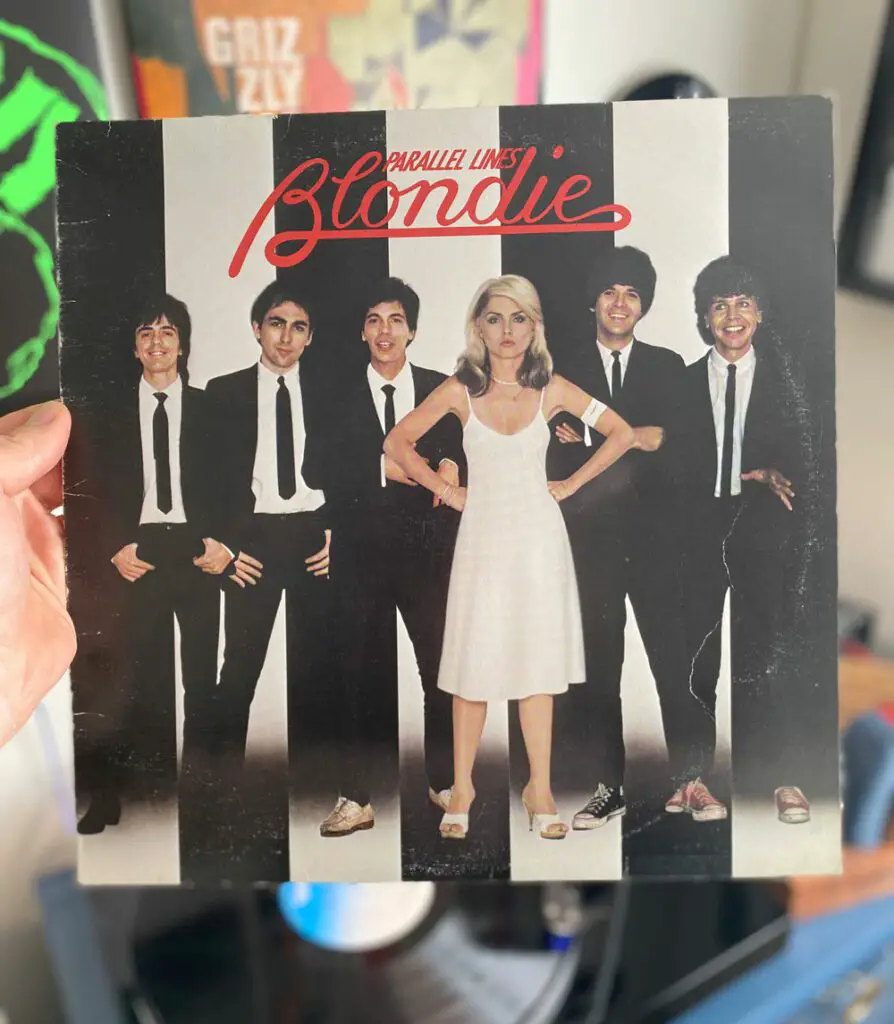
Heart of Glass
Through six original songs and three covers, Parallel Lines is packed with some of Blondie’s best songwriting and most famous tracks. From the opening salvo of their cover of The Nerves’ “Hanging on the Telephone”, the angsty, never-say-die anthem “One Way or Another” built over a catchy D-Bm vamp chord structure, to the career-making, disco-tinged breakout single “Heart of Glass” the band proved the naysayers that declared they couldn’t write a hit single very wrong with this seminal release.
Some of the singles are timeless classics. “One Way or Another” is the perfect ode to the idea that you can get whatever you want if you really try. “Heart of Glass” is a total ear worm that is more than melancholy while being wrapped in sugar pop with a dancy disco beat to match. “Heart of Glass” might be their most recognizable song now, but it began life as a less than stellar demo.
In “Heart of Glass”, Chapman heard the possibilities and knew they were on to something. It’s on record that the song was pieced together a section at a time over the course of about five days. Through some deliberate arrangement decisions, it would be transformed into one of the most characteristic songs of the decade.
It’s unclear who exactly steered the track in a disco direction, with Chapman, on occasion, crediting Harry, yet in other discussions stating he had convinced Harry and Stein to give the song a disco twist.
What’s clear is the track isn’t exactly conventional disco either. Harry was very inspired by Euro-disco at the time, and according to Stein early versions of the track had a basic conventional disco beat, but when it came to the recorded version, they incorporated the electronic sound of Euro disco. By the time the Parallel Lines sessions were in full swing, they were really into Kraftwerk, and were thinking more electro-European than Disco. The melting pot of influences in undeniably infectious and a key part of the track’s iconic status.
Anecdotally, by the end of the recording sessions, the band’s label was not initially impressed with the end result. They actually asked the band to do a full re-record! But Chapman, the production team, and the band knew they were truly on to something original. At the producer’s insistence, he persuaded Chrysalis that the songs chosen as singles would become hits. The rest, as they say, is history.
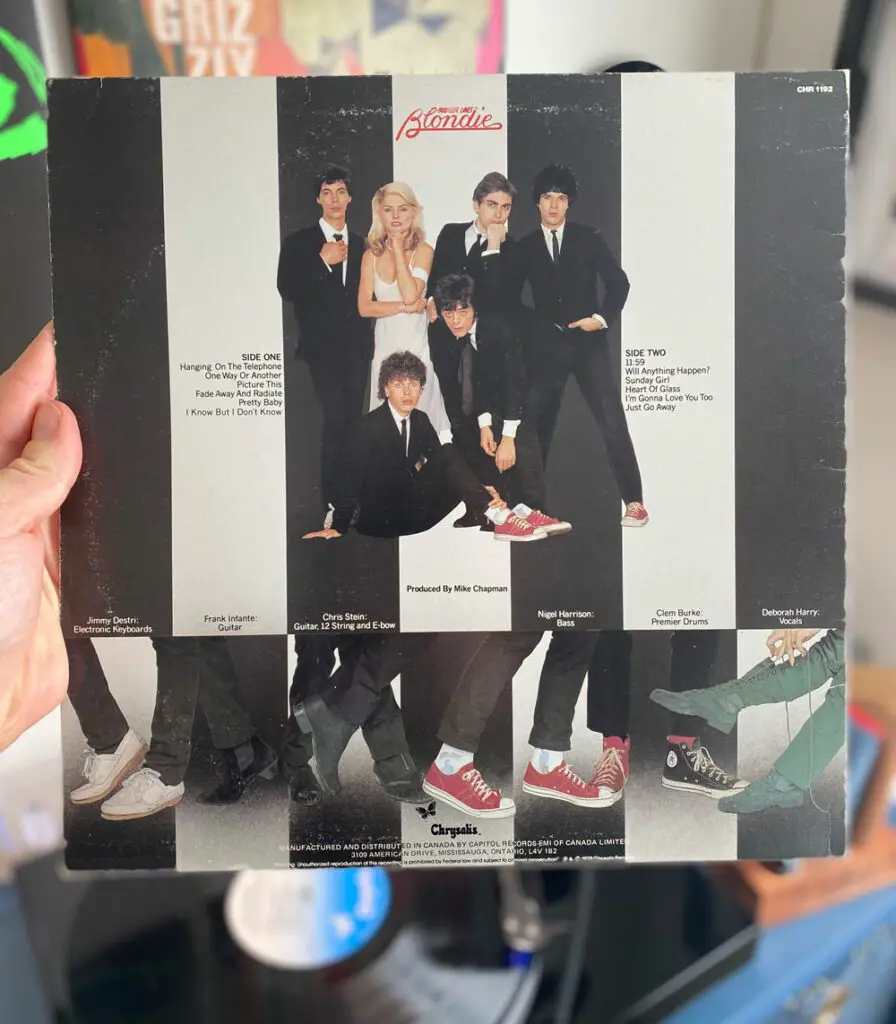
One Way or Another
Blondie has never been a band that liked to play it safe. With Harry’s sex appeal and immediately identifiable voice, they continued to break new ground for themselves. And with Parallel Lines, they managed to push their sound forward without sacrificing any of their raw, New York punk scene attitude.
Thanks to the production team’s perseverance and the band’s raw songwriting talent, Parallel Lines received overwhelmingly positive reviews upon its release. Many critics were calling it a “perfect album” – if such a thing exists. It was a marked improvement over their previous work and very much resonated with the mood of the era.
The songwriting, performances, and lyrics all went to the next level. It peaked in the top 15 in multiple international markets, and was a phenomenal success on both sides of the Atlantic. It’s listed quite frequently in the top 10 of many “best of the decade” rundowns.
The success of Parallel Lines gave Blondie license to continue developing their unique, esoteric sound. They would go on to release eight more studio albums that would see them further venturing into the creative unknown.
About the Author: Guest contributor Brandon Stoner is a lifelong musician who owns more guitars than anyone needs. As a lover of all things writing and music, he crafts every piece with his dog Max on his lap.
Thank you once again to Vinyl Pursuit who provided the album for this Classic Albums feature. Lovers of vintage vinyl can get 15% off their first purchase at vinylpursuit.com using the code SOUNDMATTERS15. All Vinyl Pursuit pursuit records are ultrasonic-cleaned and then shipped to you in brand new archival inner and outer sleeves.

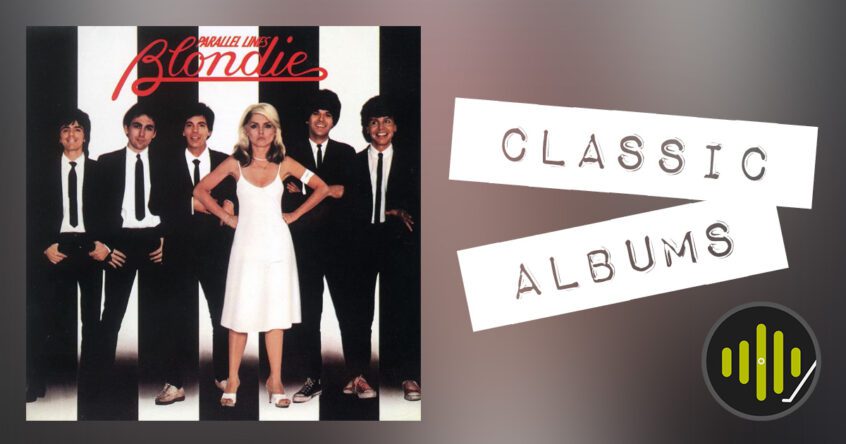


Parallel Lines is not my favorite Blondie album (that honor would go to Plastic Letters). Nevertheless, my favorite track off the seminal album, hands down, is “Hanging on the Telephone.” The initial rings (most likely from a princess phone) of the introduction sets up the onslaught to what would be classified as classic “balls-to-the-wall” Blondie. The rest of the track is a pop post-punk dance bacchanal. Harry’s determination to speak to her party on the other end of the line was not only felt the first time that I heard it, my freshman year in college, but also with each subsequent listening. “Telephone” is a fantastic start to an amazing album.
As crazy as this sounds, but Blonde always reminded me of a modern take on Shangri-Las type of music with lead singer Mary Weiss, they had the same sort of sound as Blonde, but neither had that many good songs. I think Blonde sounded a lot like Mary Weiss.